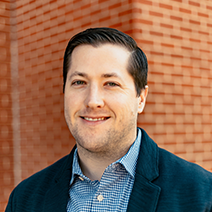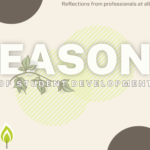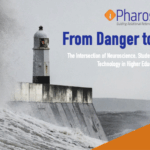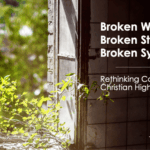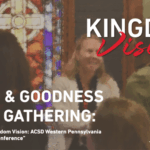Simon Sinek’s (2009) book Start with Why highlights a misconstrued assumption about our work, specifically, the reason WHY we do what we do. The book is an elaboration on his acclaimed TED Talk – How Great Leaders Inspire Action. In Start with Why, Sinek argues that starting with WHAT—which is the norm for leaders and businesses—is backward. Starting with WHY is a more appropriate course of action as “people don’t buy what you do, they buy why you do it.” Sinek’s thinking is graphically represented through the “Golden Circle” which consists of three concentric circles with WHY in the center.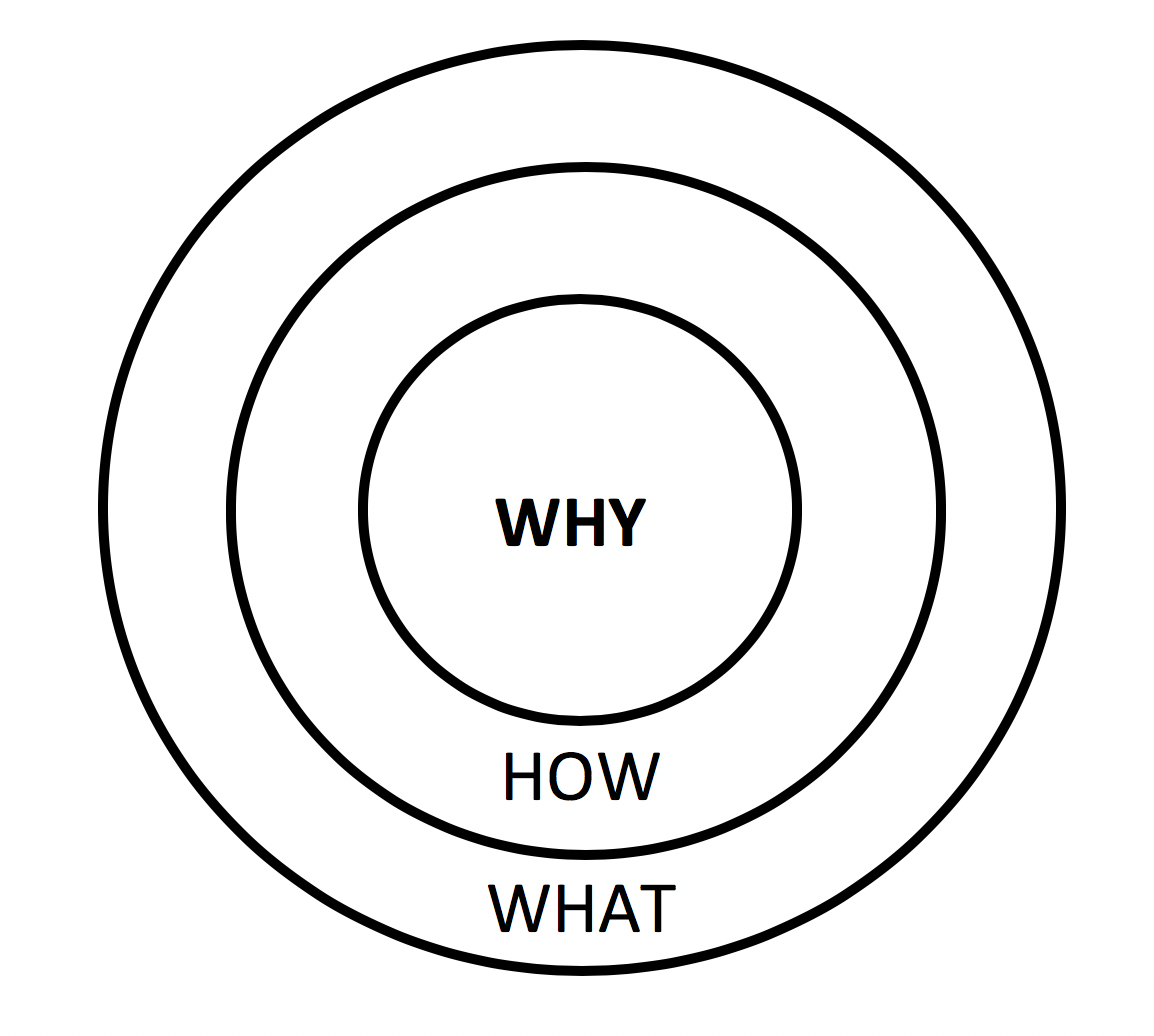
Since the emergence of the Golden Circle, a few authors (see this, this, or this) have suggested the need for an additional inner circle, namely, WHO. In an effort to supplement Sinek’s work, these articles posit that our finest work comes from knowing who we are and who we serve. WHY, these authors suggest, is not enough to sustain one’s work. Instead, the relationships one has to his/her boss, customers, or co-workers, drives the why, which in turn drives the how or what. These essays come from a business context and therefore the WHO often refers to an authority in one’s work (e.g., supervisor, manager) or the those being served (e.g., customer, client).
As Christians, however, the WHO behind our WHY is someone more ultimate and eternal than a boss or customer. Christ’s authority, though, is not the center I suggest. Rather, it is the identity we derive from a relationship with the King of Kings and Lord of Lords. Said another way, it is not just our understanding WHO we are, it is our understanding of WHOSE we are.
John Piper articulates this well as he references Romans 8 – But if anyone does not have the Spirit of Christ, he does not belong to Him. “So,” Piper says in this Desiring God sermon, “the reverse is true too: If you do have the Spirit of Christ, you do belong to him. So as Christians we should think of ourselves as belonging to Christ—as Christ´s possession.”
To be honest, when I heard Sinek’s TED Talk for the first time I completely bought in – I loved it! I even made a personal Golden Circle to hang near my desk. At the center – the WHY – I had written ‘To help students succeed in college and after graduation.’ However, as I continued to grow in my faith, apply what God was teaching me to my work, and attempted to see him in the work I do, I realized my own Golden Circle left out my personal relationship with Jesus. My WHY was too shallow and it seemed insufficient. Though I would often say I wished to glorify God through my work, it was not until I saw myself as Christ’s possession that it made sense to dig deeper than WHY.
If we can internalize that we as believers belong to Christ, that we are his possession, we must preempt any WHY to first ask WHOSE? In this way, our WHYs, HOWs, and WHATs should be rooted first and foremost in an identity. Though this creates many implications for practice, I want to focus on two important benefits of reorienting our view of the Golden Circle.

1. Starting with WHOSE Gives More Meaning to Our WHY
Knowing why we do something offers a sense of accomplishment in our work. The meaning derived from why we do what we do can really drive our efforts. However, as Christians, we understand our efforts as derived from a grander source. In a sense, our efforts (WHY, HOW, WHAT) should be a response to our WHOSE. Our relationship with God and our aim of participating in Christ’s redemptive work, means we are called to more than just task-oriented labor. We are called to glorify God by guiding our students toward loving him and our neighbor. This larger telos does not begin with a WHY, it begins with a WHOSE. As such, if our efforts originate from WHOSE we are, we can see our WHY in a redemptive light.
Student discipline is an excellent opportunity to put this into practice. In a recent semester, I noticed a student of mine (who was also a student worker) doing something inappropriate while in his official working capacity. I knew I had to report this student to his staff supervisor. As I had imagined, our one-on-one meeting the following day was a little awkward. I told the student how I felt he had betrayed my trust and he divulged his feelings of shame and anger (sounds a little like my relationship with Jesus at times!). However, I was given the opportunity to talk about second chances and how Christ’s death, resurrection, and ascension afforded us a redemptive opportunity to which we can try and emulate with others in our lives. In this way, I was able to approach my work with this student in a distinctly different manner. Merely “helping students succeed,” while a noble goal, is too shallow when analyzed through our identity as Christ followers. A higher order telos necessitates we first start with WHOSE we are.
2. Our Identity of WHOSE Allows Us to Model the Christian Life to Our Students
When students see how we implement a Christian worldview in our work, we are serving as examples of Christ-like leaders. When we interact and communicate with them with a foundational identity of WHOSE we are, we display a model of the Christian life. One of Sinek’s popular taglines to promote starting with WHY is, “People don’t buy what you do, they buy why you do it.” The evidence of his argument here appears to be sound. However, “why” one does something comes into question when we attempt to analyze its source. More fully reflecting who we are by getting to the deepest points of our identities allows for a more authentic presentation of ourselves. And if we are operating from that state, we can rest assured that, regardless if anybody “buys” anything, we are reflecting a Christ-like presentation. In a way, we reorient our thinking to, “People don’t buy why you do it, they buy whose you are.”
Do not interpret these words to mean that by demonstrating our faith in Christ we are able to be more convincing to others (I would argue quite the opposite, actually). What I am saying is that if we present an authentic identity, our rawest form as rooted in Christ, our students (regardless of religious affiliation) will recognize that as genuine. We offer our own experience to students as an archetype if our work in student development is sourced from our understanding of whose we are. To this end, we can more closely serve as a “model” students may need in their own identity development (Glanzer, 2013).
A few years ago one of my student leaders asked how I could tolerate being patient with another student in her organization’s leadership council. The two students did not get along and bickering at meetings had started to elevate within the previous few weeks. My conversation with this student allowed me to talk about extending grace, even in circumstances that seemed to only provoke frustration. Specifically, I spoke about how, as a child of God, we are called into a new identity with Christ. I mentioned that there are people in my own professional life who make my work frustrating too. But, if we can observe these instances as opportunities to extend grace and can see how developing our identity in Jesus happens through a sanctification process (which does not make being patient any easier!), we are living a life more attuned with our understanding of WHOSE we belong to.
In sum, though Simon Sinek’s concept of the Golden Circle is a good start, I argue here for the addition of WHOSE to the center. Adding this allows us to reframe our identity when discerning WHY we do what we do, and, in turn, we can better reflect our Christian worldview to serve as a more authentic model for our students.
References
Glanzer, P. L. (2013). Building the good life: Using identities to frame moral education in higher education. Journal of College and Character, 14(2), 177-184.
Krogue, K. (2015, July 6). Simon Sinek says ‘Start with why,’ but sales experts disagree.
Forbes Magazine, Entrepreneurs. Retrieved from https://www.forbes.com/sites/kenkrogue/2015/07/06/simon-sinek-says-start-with-why-but-sales-experts-disagree/#4045795d4b82
Piper, J. (2001, December 16). Christian, know whose you are: You have the Spirit of Christ.[Blog post]. Retrieved from https://www.desiringgod.org/messages/christian-know-whose-you-are
Sisney, L. (2013, April 1). What’s wrong with the Golden Circle? [Blog post]. Retrieved from http://organizationalphysics.com/2013/04/01/whats-wrong-with-the-golden-circle/
Sinek, S. (2009, September 1). How great leaders inspire action [Video file]. Retrieved fromhttps://www.ted.com/talks/simon_sinek_how_great_leaders_inspire_action
van der Klein, R. (2016, October 22). Mr. Sinek, it’s time to update the Golden Circle: Why in rapidly changing world we start with WHO. [Blog post]. Retrieved from https://medium.com/@raimovanderklein/mr-sinek-its-time-to-update-the-golden-circle-b3e8ab37d9ea


